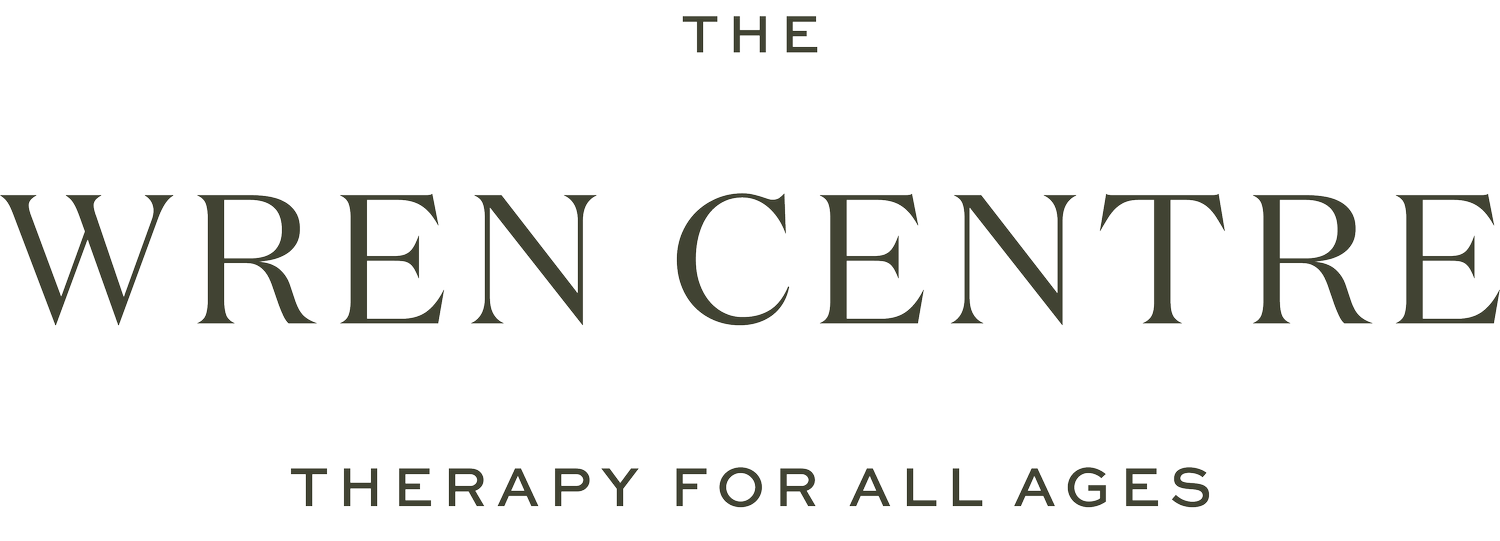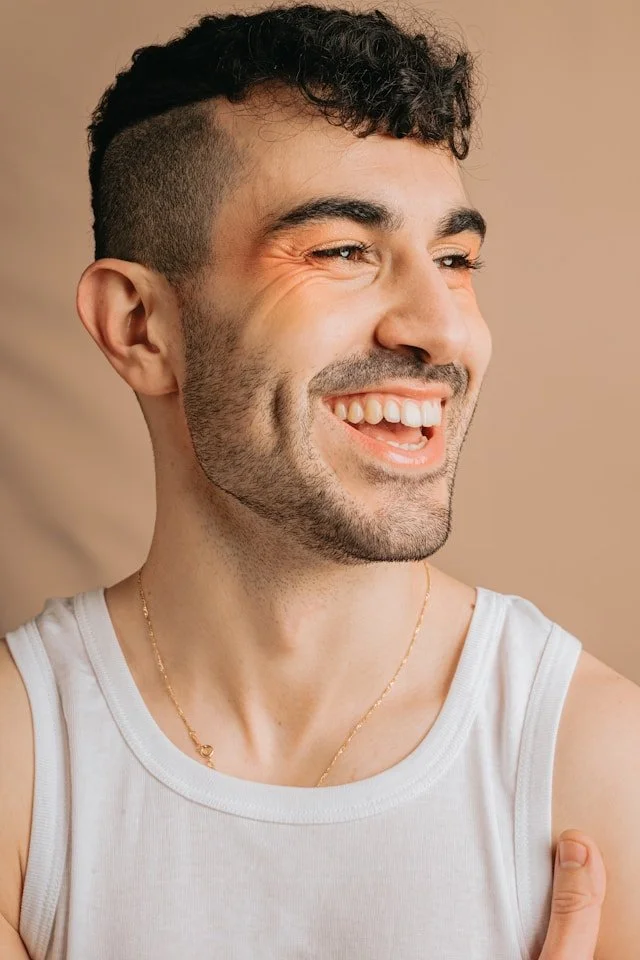What Queer Joy Can Look Like In Therapy
There is a joy deficit in how queer and trans lives are written about.
- Wright & Burkholder, 2024
If you are queer or trans, you don’t need me to tell you that the media landscape is bleak. Headlines showcase another anti-trans policy, a politician opining about “protecting the children”, or a tragedy befalling an under-supported and under-protected person in your community. It feeds the grief, fear, and feelings of powerlessness and despair that our clients bring to therapy.
Many of our queer and questioning clients come to therapy because it is hard to hold all of that and still do regular life.
What I want to uplift, though, is that this is not the whole story of You because a person or community’s trauma is never the whole story of Them. Even in this climate, LGBTQ folks are laughing, loving, vacationing, crafting, parenting, flirting, praying, gaming, dancing, and sending funny memes - all the parts of life that are uplifting, nourishing and sustaining.
A couple of years ago a colleague introduced me to the term queer joy - the capacity to feel joy and experience freedom in your self and community. It’s a sense of un-self-consciousness and the playfulnes/levity/ease that can arise in an atmosphere without fear - like a potluck with dear friends where everyone knows which names to use, which topics are off limits and no one needs you to explain your pronouncs.
Queer joy has been described as a kind of “joyous conspiracy” (Wright & Burkholder, 2024) to feel more alive together, even while the world feels hostile. It is an act of individual and collective resistance to having your experience shaped by others. I see that same conspiracy playing out every day in my work with queer clients. Traditional mental health approaches and systems tend to catalogue what hurts - we have long lists for anxiety, depression, trauma, eating disorders, etc. Our intake forms have checkboxes for risk, but not for pleasure or resilience. (Which - as a centre director and clinician - I am ever-investigating how I am complicit in this and how we might do things differently in our west Ottawa centre.)
My queer, trans and LGBT clients have most definitely brought up the historic and ongoing trauma and grief of personal or vicarious pain and victimization. And, of course, we make room for all of that. But I would say that outside of specific periods of transition and events, that is not the ongoing work. It informs their ongoing work and desires, sure, but it’s not the focus.
My clients want what all my clients want - freedom from suffering, ease and understanding in their relationships - but their queerness informs both the obstacles and supports to their joy.
Practically speaking, this may look like LGBT clients mapping a “queer joy ecosystem” to understand and commit to spaces/choices that uplift. Questions to explore that might be… who are the people who help you feel a little more like yourself? Where do you feel least watched or judged? What practices or spaces make your body exhale? (The spiritual-academic in me wants to be curious about how these experiences both support queer identity and how softening into joy or relaxation also tends to dissolve attachments/labels in our perception of self. Becoming less XYZ and more just being.)
Because my work is very body-focused, I will often ask: “When you talk about that moment of freedom, what happens in your body right now. Do your shoulders shift. Does your breathing change, even slightly?”
Queer joy in therapy is not about pretending everything is fine. It is about giving your nervous system real-time experiences of “something else is possible” - even if that starts as two seconds of a softer jaw or a tiny thread of warmth in your chest.
by Kathryn Flynn



What is queer joy and what role does it play in therapy for LGBT clients?